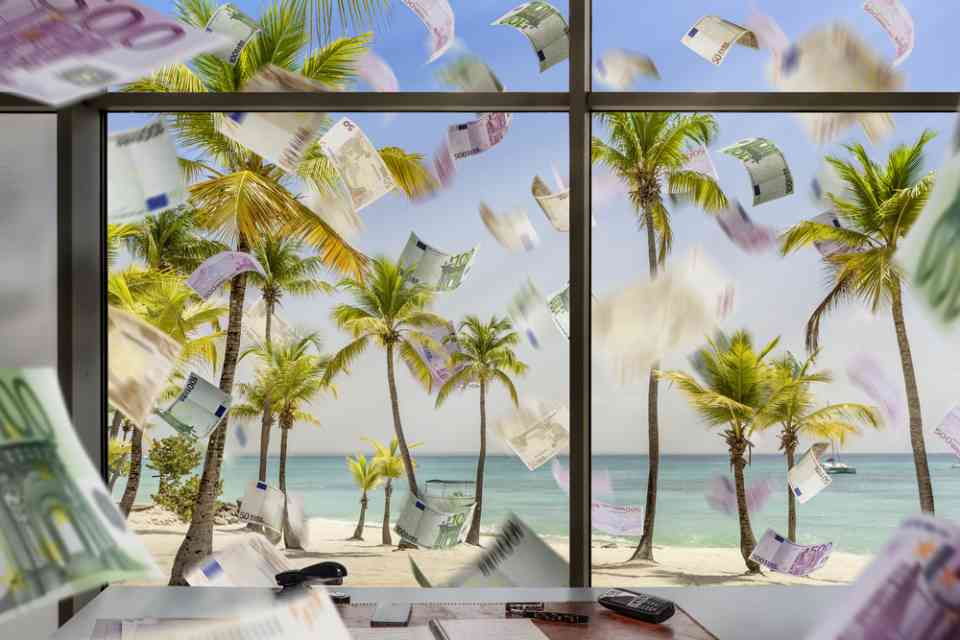Do Tax Havens Really Exist?

Nations such as San Marino, Luxembourg, Switzerland, and Singapore thrive due to their intricate financial sectors and tax systems that allure foreign investments, skilled professionals, and substantial bank deposits. Conversely, countries like Qatar and the United Arab Emirates amass wealth from abundant hydrocarbon reserves and other profitable natural resources. Flourishing casinos and an influx of tourists also contribute to economic prosperity, as seen in Macao, Asia’s gambling hub, which remains affluent.
While Gross Domestic Product (GDP) gauges the value of a nation’s total goods and services, a more meaningful assessment of a country’s wealth relative to others involves dividing this output by the number of full-time residents. The correlation between “rich” and “small” becomes apparent as these countries exhibit disproportionately large economies in comparison to their limited populations.
However, a comprehensive understanding of a nation’s average standard of living necessitates factoring in inflation rates and the cost of local goods and services. Purchasing Power Parity (PPP), expressed in international dollars for cross-country comparisons, offers a more accurate depiction.
Does a high PPP in a nation automatically imply a superior overall living standard compared to most others globally? Not necessarily. Averaging conceals structural inequalities within each country, favoring those already privileged.
In the ten poorest nations, per-capita purchasing power averages $1,432, while in the ten richest, it exceeds $105,170, according to International Monetary Fund (IMF) data.
A caveat accompanies these statistics: the IMF cautions against taking some numbers at face value. Tax havens, prevalent in the rankings, artificially inflate GDPs, as wealth generated elsewhere accumulates. Though a global deal for a 15% minimum corporate tax rate was signed in 2021, critics argue it barely surpasses rates in tax havens. Over 15% of global jurisdictions are considered tax havens, with an estimated 40% of global foreign direct investment flows anticipated to involve tax-evading tactics by the end of the 2020s. Essentially, these investments traverse empty corporate entities, yielding little or no economic benefit to the recipient population.
Have you read?
The 21st Century’s Biggest Financial Frauds and Controversies.
The World’s Most Valuable Unicorns, 2023.
The World’s Top 10 Highest-Paid Wealth Management Executives.
CEO compensation: Highest paid chief executive officers in the United States in 2022.
Highly-Paid Entertainment Chief Executives (Averaged $31.66 Million), 2022.
Highest paid health insurance CEOs.
Bring the best of the CEOWORLD magazine's global journalism to audiences in the United States and around the world. - Add CEOWORLD magazine to your Google News feed.
Follow CEOWORLD magazine headlines on: Google News, LinkedIn, Twitter, and Facebook.
Copyright 2025 The CEOWORLD magazine. All rights reserved. This material (and any extract from it) must not be copied, redistributed or placed on any website, without CEOWORLD magazine' prior written consent. For media queries, please contact: info@ceoworld.biz








